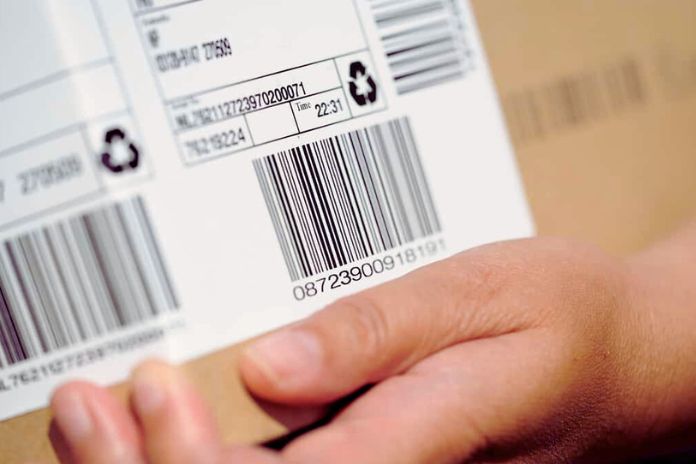SKU: Many managers can consider the inventory management policy as a secondary process. However, failures in this area directly harm the company’s ability to be competitive.
For this reason, many managers look for new technologies to be more effective, as is the case with SKUs. Knowing what an SKU is and how to apply it is essential for company managers who work with product storage. Export and import services, deliveries, distribution centers, and e-commerce are market segments that constantly deal with or should deal with this acronym.
It plays a vital role in improving control and organization in stock management. In this text, you will better understand the SKU and its relevance to a company’s logistics processes.
What Is SKU?
SKU is the acronym for Stock Keeping Unit (something that, in Portuguese, can be translated as Stock Maintenance Unit). It is a reference or identifying code for an item stored in your inventory.
Using the SKU in inventories makes managing, locating, and flowing products easier. The company will be able to identify items by their characteristics (such as manufacturer, size, weight, color, and shape) quickly. Furthermore, greater traceability of the item will facilitate transportation and usage management with the support of IT solutions.
In other words, the SKU can be seen as the CPF of a product. It facilitates the identification of all forms of an item, such as its size, color, and other specifications, in an automated way. With such data, the company will be much better able to avoid risks and problems when managing its goods.
How Does The SKU Work?
SKY is a kind of serial number, registration, or identity of a product in stock. For example, a 350 ml can of Coca-Cola could have the SKU CC-LAT-350 — highlighting the product’s essential characteristics, such as brand, material, and size.
But here comes the exciting part: if there are one hundred 350 ml cans of Coca-Cola in your inventory, you would only have one SKU, not one hundred. This happens because there is no difference between the same product. You could differentiate by inserting a numeral after the last digit of the code. In this case, it would look like this: CC-LAT-350-0001.
Let’s take another example: if your company buys, in addition to the traditional 350 ml cans, another hundred 350 ml Diet Coca-Colas, the SKU for this model could be the following: CC-LAT-DT-350-0001. Here, the fact that it is diet would be highlighted with an extra digit in the code.
What Are Its Advantages?
Using the SKU brings a series of advantages to the company. Resource management has become more effective; there are improvements in communication and monitoring of products in the company’s delivery chain. Discover other main benefits!
Improves Inventory Organization
Organizing inventory is a critical step for the company to avoid problems. If products are classified and stored clearly, the company will be able to identify the flow of goods and assess whether there are products close to their expiration date or in low supply.
When working with a large volume of products in a warehouse, this routine can be highly complex. But, with the SKU, the team will be able to order items in a much simpler way. You can, for example, store a SKU in a fixed location in inventory and thus make it easier to find them. And, when necessary, finding the item in stock will be easier.
Simplifies Internal Communication
For inventory employees, it is easier to locate, separate, or talk about a product with other employees when they use the SKU instead of describing an item by its characteristics. This speeds up the processes of moving products in a warehouse. Enter the merchandise code to find data relating to its location.
This generates a considerable gain in quality for inventory management processes. Delivery times will fall, which makes the company more competitive. Furthermore, with fewer errors, delays will be less frequent, as will losses.
Facilitates Human Reading
SKU is not a barcode so anyone can read its description. Furthermore, the SKU is unique for the companies that buy the products: add a digit that identifies your brand. The manufacturer can change the barcode and does not have a logical order.
As a result, professionals can exchange data about a product’s SKUs without using additional solutions. Just read your code and inform another person on the team, by the most convenient means, about the registration.
Enables Integration With Other Solutions Easily
Many companies already manage inventory with the support of management tools. They optimize access to data, centralize information, allow quick sharing of records, and automate steps in the internal operational flow.
With the SKU, integration with this IT solution is much simpler and faster. Many modern management software already have SKU support integrated with their functionalities.
This makes inventory management more straightforward and more automated. In addition to all the issues involving the identification and organization of goods, the SKU will help the entire internal team view the stock status directly in your ERP.
Thus, with more accurate data, the company will speed up deliveries, reduce errors in product shipments, and increase satisfaction for its employees and customers.












